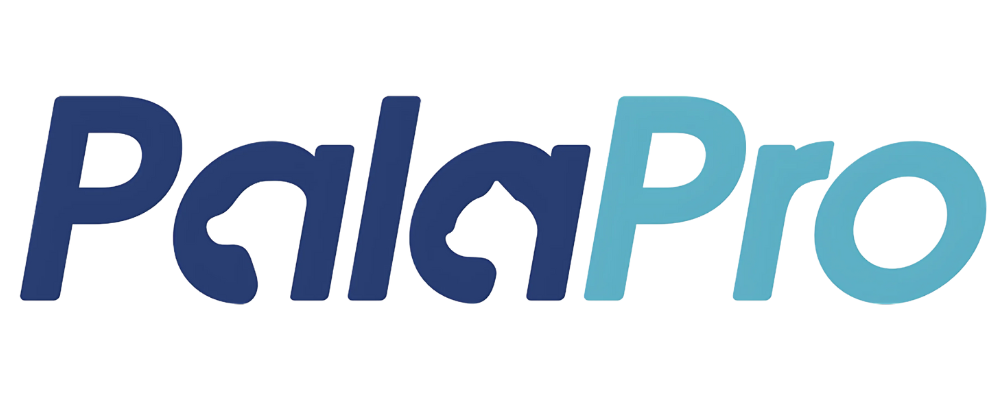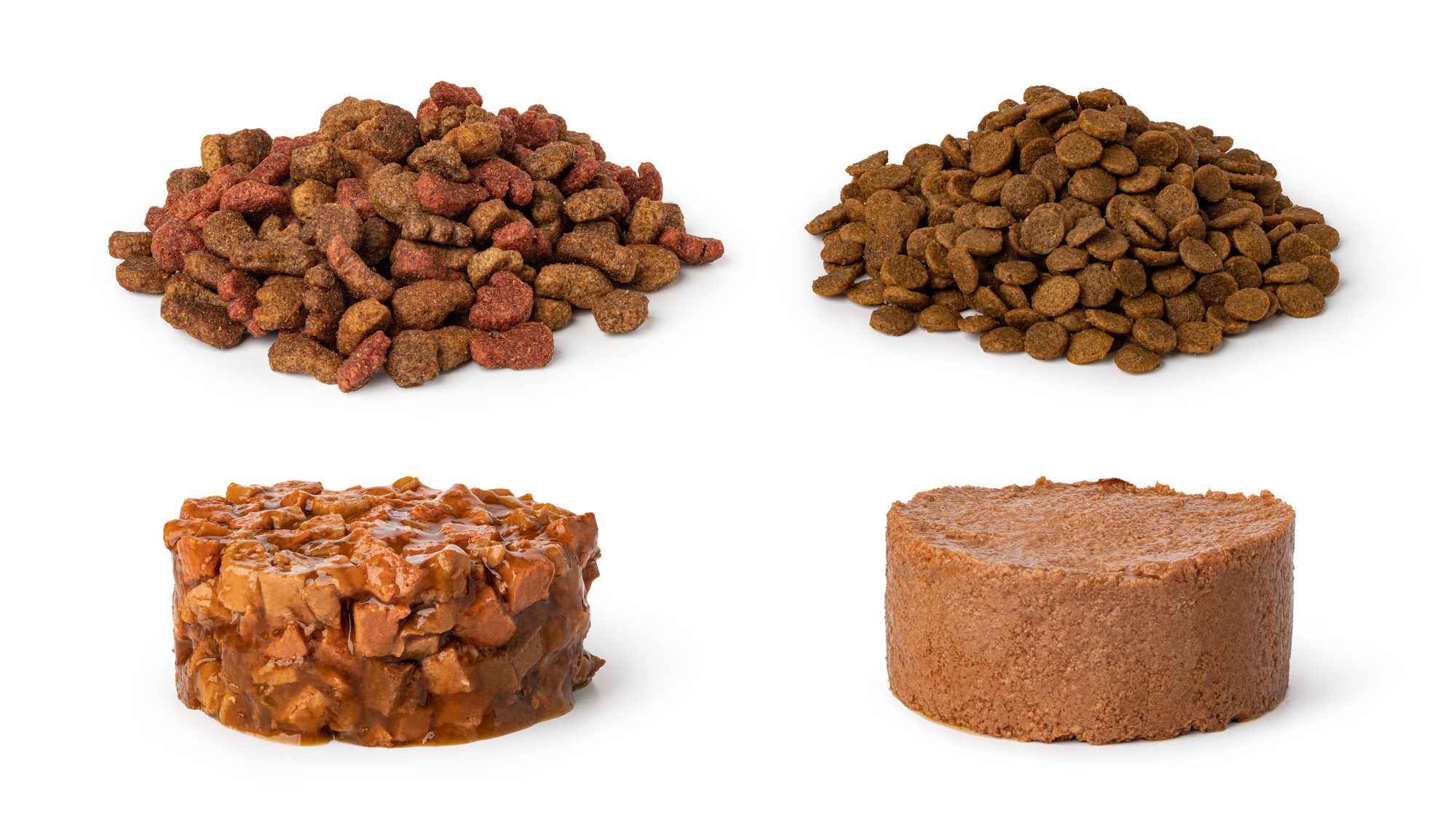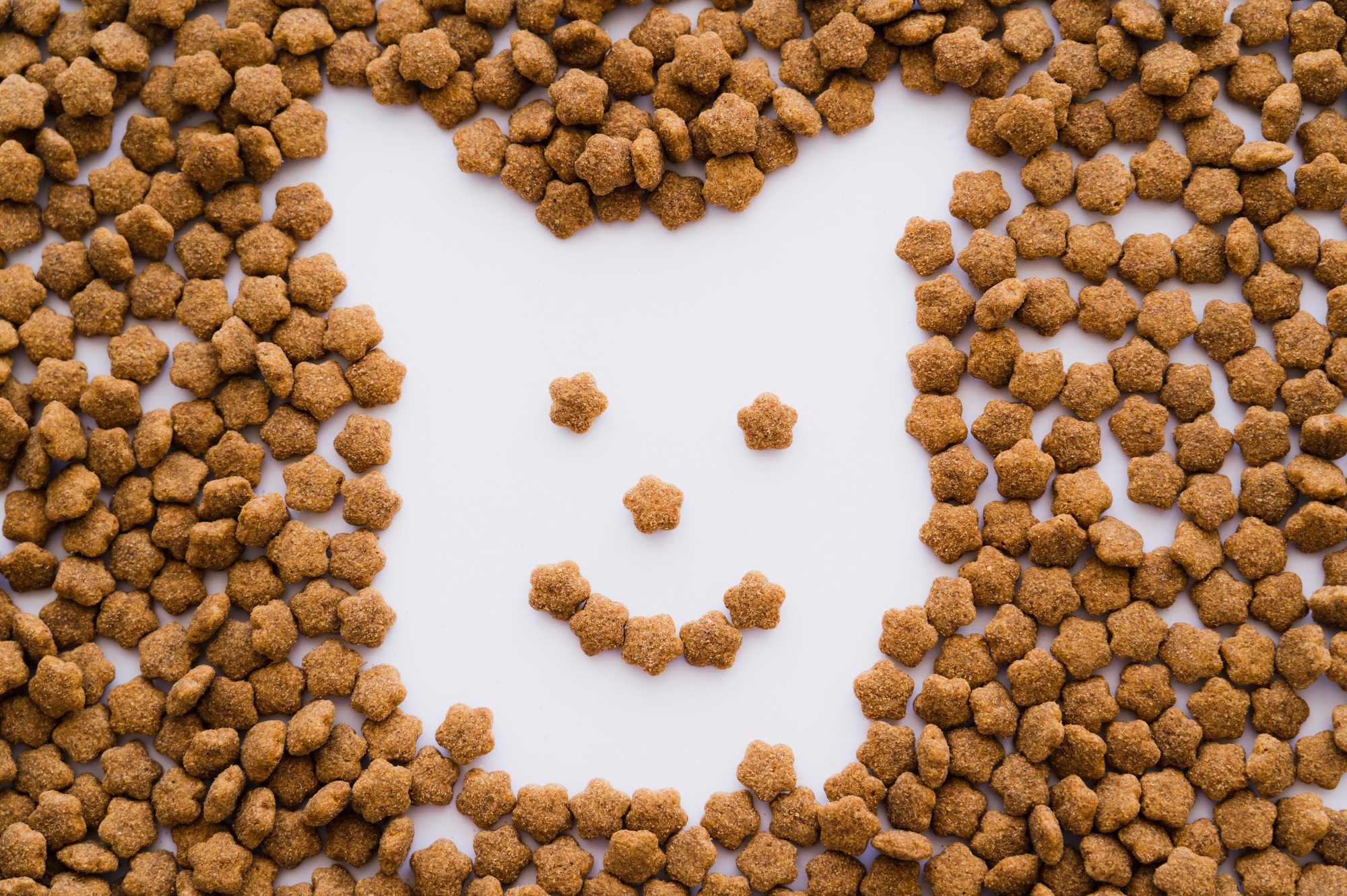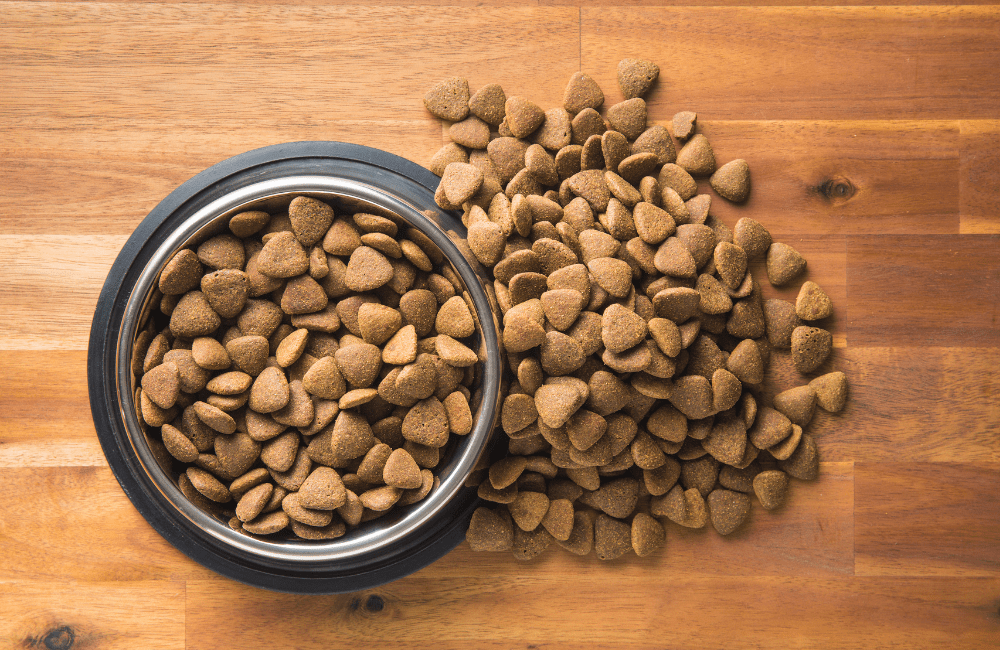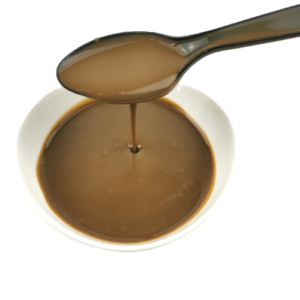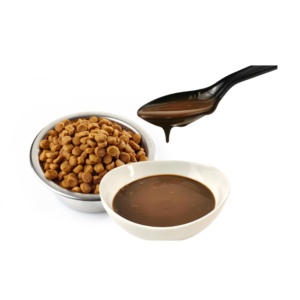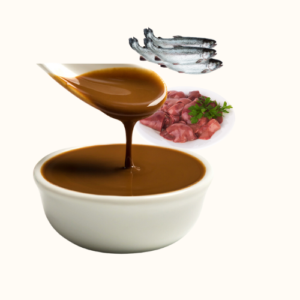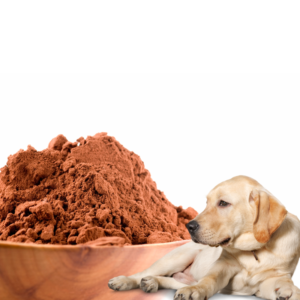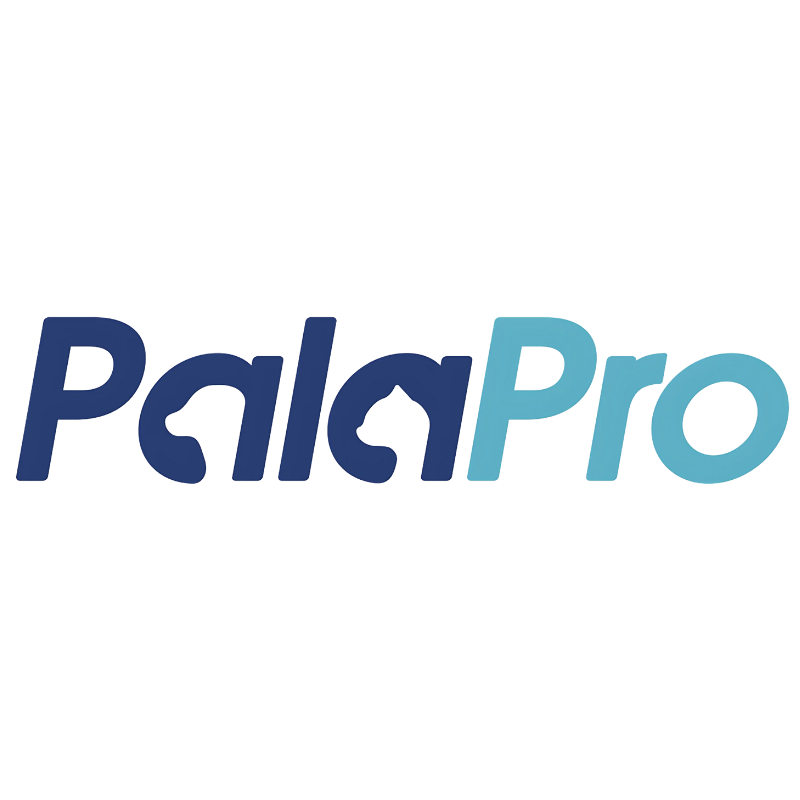Pet Food Manufacturing
In 2025, pet food manufacturing is undergoing an exciting transformation, and at the heart of this revolution are pet food palatants. These powerful ingredients are changing the way pet food is created and enjoyed, helping manufacturers produce food that appeals to even the pickiest of pets. As consumer preferences shift, pet food palatants are emerging as a key factor in boosting the flavor, appeal, and overall nutritional value of pet food. This blog will explore how these ingredients are revolutionizing the industry, what trends to watch for in 2025, and how businesses can take advantage of this evolution.

What Are Pet Food Palatants?
Pet food palatants are substances added to pet food to improve its taste and aroma. While pet food is designed to meet nutritional requirements, palatants make it more palatable to pets, ensuring that they not only eat their food but enjoy it too. These ingredients can be natural or synthetic, with the most common being animal-based flavors, spices, and extracts. Pet food palatants are particularly crucial in satisfying pets with picky eating habits or those with medical conditions that require a specific diet.
The Role of Pet Food Palatants in Modern Pet Food Manufacturing
In 2025, manufacturers are increasingly aware of the need to create food that meets the dietary needs of pets while also appealing to their senses. Pet food palatants enhance the taste and smell of pet food, encouraging pets to consume more, which is particularly beneficial for pets that are recovering from illness or undergoing special diets. Here’s how they play a pivotal role:
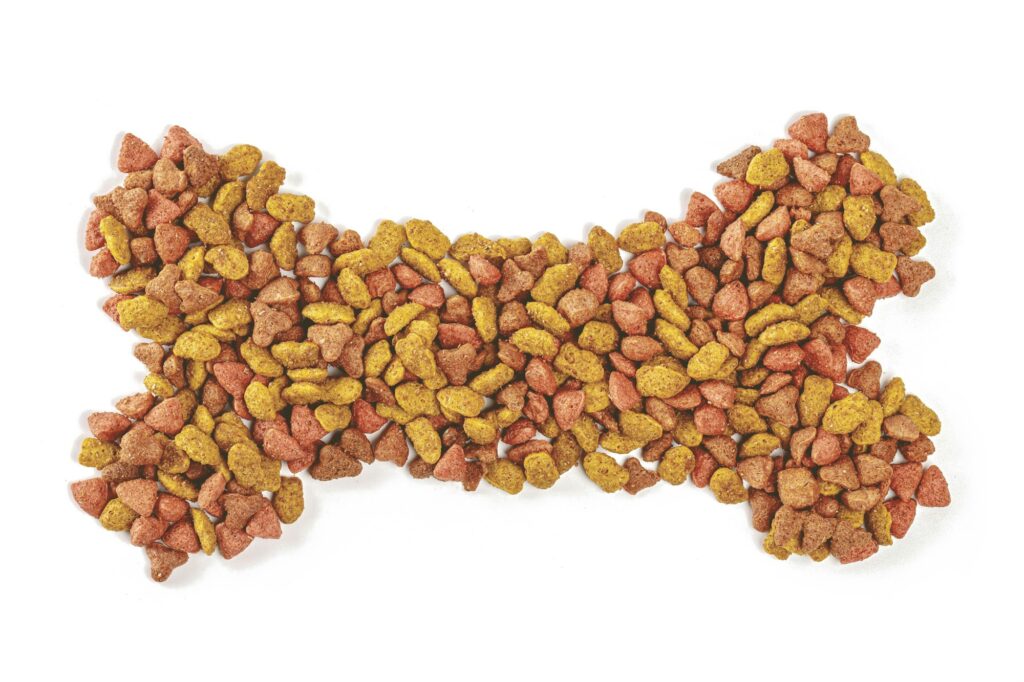
1. Enhancing Flavor for Picky Eaters
Many pets, especially cats and dogs, can be notoriously picky when it comes to their food. Just like humans, they have preferences for certain tastes and smells, and a lack of interest in food can lead to malnutrition or reduced food intake. Pet food palatants are engineered to make food more enticing, boosting the natural flavors of the ingredients. Whether it’s a savory chicken extract or a robust fish flavor, palatants make even the most unappealing food irresistible.
2. Healthier and More Appealing Meals
Pet food palatants also serve a functional role in enhancing the nutritional profile of pet food. Manufacturers can use palatants to mask the taste of vitamins, minerals, and other additives that may not be palatable on their own. For example, fish oil is an excellent source of omega-3 fatty acids for pets, but it often has an unpleasant smell. By adding a palatant, the manufacturer can make the food more acceptable to pets without compromising on nutrition.

3. Supporting Special Diets
For pets on special diets, such as those dealing with obesity, food allergies, or sensitive stomachs, eating the right food is important, but so is making the food enjoyable. Pet food palatants help ensure that pets on restricted diets continue to eat properly, even if the food doesn’t have the natural flavors they’re accustomed to. This is particularly relevant for veterinary diets, which often need to include ingredients that pets might not normally find appetizing.
The Impact of Pet Food Palatants on the Industry
As pet food manufacturers strive to meet consumer demands for both healthy and delicious food, pet food palatants are becoming a cornerstone of innovation in the industry. Here are some of the trends that highlight the growing impact of palatants in pet food manufacturing:
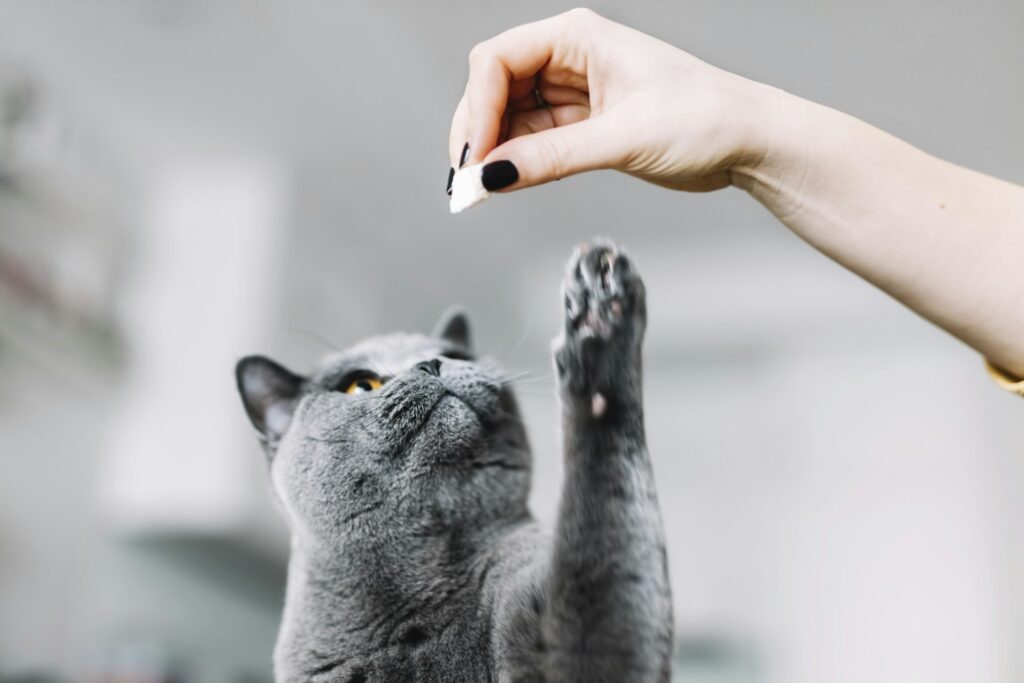
1. Increased Demand for Natural Palatants
In 2025, pet owners are more conscious of the ingredients in their pets’ food than ever before. As demand grows for natural, organic, and sustainably sourced ingredients, the market for natural pet food palatants is expanding. These palatants are derived from animal or plant sources and tend to have fewer artificial additives, which is a major selling point for consumers who are concerned about the health and well-being of their pets.
According to a 2025 market research report, the natural pet food palatant market is expected to grow by 6% annually, driven by the increasing trend of natural and holistic pet care. This growth is largely due to pet owners seeking cleaner, more transparent ingredients for their pets.
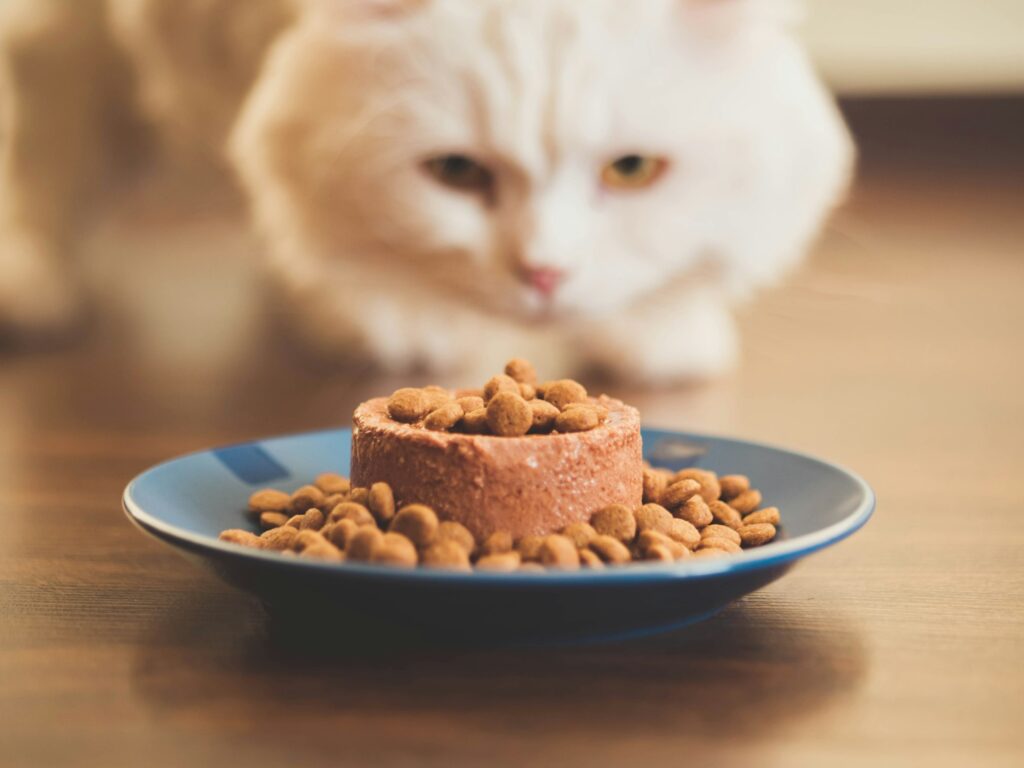
2. Palatants in Functional Foods
As the focus on pet health continues to rise, pet food palatants are increasingly being used in functional foods. Functional foods are designed to provide additional health benefits beyond basic nutrition. For example, adding palatants to foods enriched with probiotics, prebiotics, or joint support ingredients helps ensure that pets enjoy the benefits of these additives. Palatants make these foods more appetizing, encouraging pets to eat them consistently.
3. Customization and Personalization of Pet Food
Personalized pet food is a growing trend, with more companies offering food that is tailored to the specific needs of individual pets. Pet food palatants play a key role in this customization. Manufacturers can use palatants to match specific flavor profiles that align with the unique preferences of each pet. This trend is expected to accelerate in 2025 as pet food companies invest more in customized nutrition and personalized pet food plans.
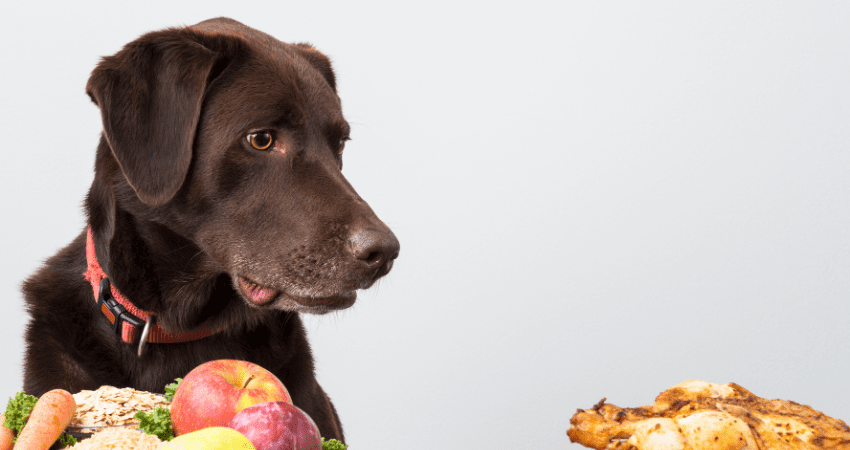
4. Advancements in Palatant Technology
Advancements in the technology behind pet food palatants are driving the industry forward. Today’s pet food palatants are more effective, more targeted, and more sustainable than ever before. Researchers are continuously working to develop new palatants that are not only highly effective in improving palatability but also safe and non-toxic to pets. This ongoing innovation ensures that manufacturers can meet the evolving demands of consumers and pets alike.
What’s Next for Pet Food Palatants in 2025?
As we look ahead to the future, the role of pet food palatants in the industry is only set to increase. Here are some emerging developments:
1. Sustainability and Eco-Friendly Palatants
With sustainability becoming a central concern in all industries, pet food manufacturers are expected to increasingly turn to eco-friendly palatants. These could include plant-based palatants or sustainably sourced animal-derived ingredients. This shift towards sustainability is in line with broader trends in the pet industry, where consumers are prioritizing eco-friendly products.
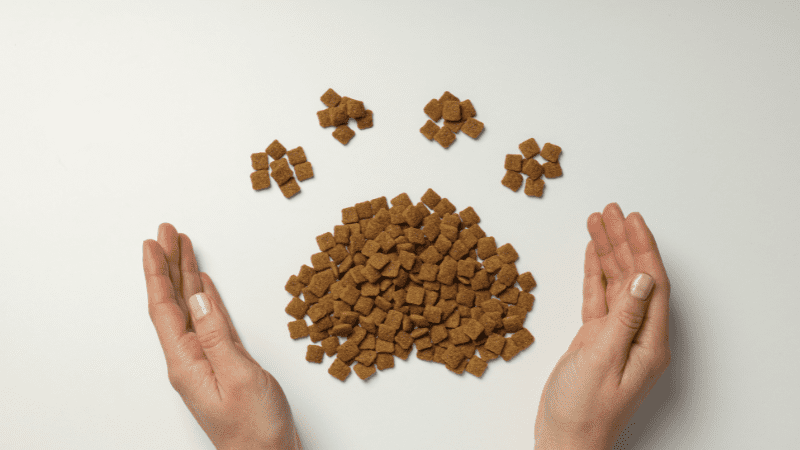
2. Integration of AI and Data in Palatant Development
Artificial intelligence and data analytics are likely to play a more significant role in the development of pet food palatants in 2025. AI can be used to analyze a pet’s preferences and health needs, allowing manufacturers to create highly customized palatants that are both effective and beneficial to the pet. This integration could lead to more personalized, health-focused pet food options.
3. Focus on Allergens and Sensitivities
As more pets develop food allergies or sensitivities, there is likely to be a rise in hypoallergenic and sensitive stomach palatants. These palatants will be formulated to enhance flavor without triggering allergic reactions, catering to the growing number of pets with dietary sensitivities.
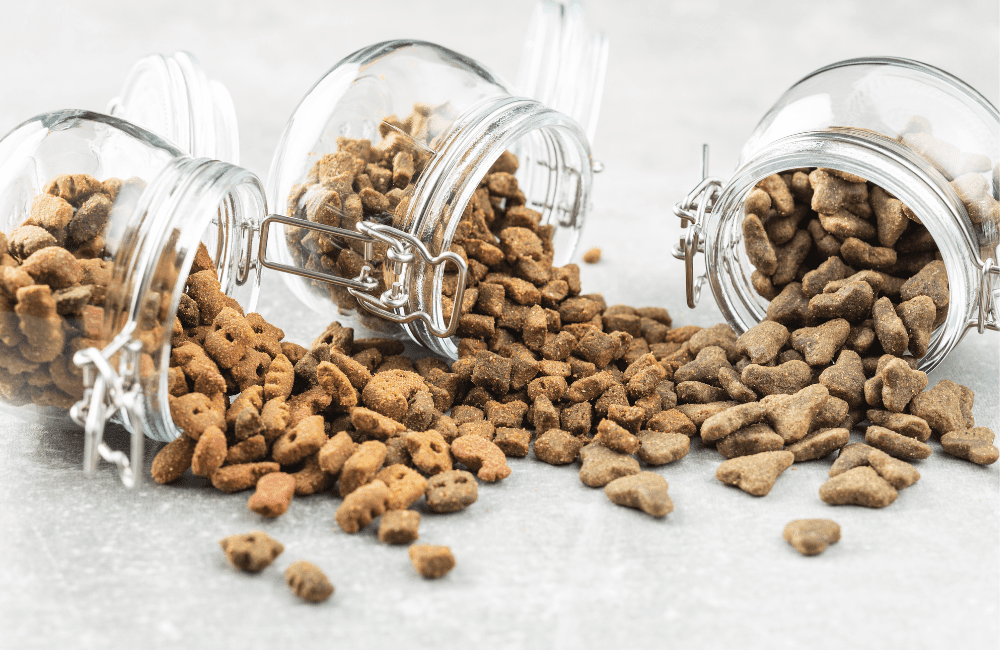
How Can Pet Food Manufacturers Benefit from Palatants?
For pet food manufacturers, understanding the growing importance of palatants is essential to staying competitive in 2025. Here are some key takeaways for manufacturers to consider:
- Investing in Quality Palatants: To meet the growing demand for healthy and appetizing pet food, investing in high-quality palatants will be crucial. This ensures that products stand out on the shelf and appeal to consumers.
- Innovation is Key: Manufacturers should stay ahead of the curve by embracing new palatant technologies and ingredients. Innovation in palatants can set a brand apart from competitors and provide a unique selling proposition.
- Transparency and Clean Labels: As more consumers demand clean, transparent ingredient lists, it’s important to offer palatants that are both effective and responsibly sourced. Being transparent about the ingredients in your palatants can build trust with consumers.
- Customization and Personalization: As pets become more individualistic in terms of their nutritional needs, manufacturers should consider offering more customizable food options with palatants tailored to specific dietary needs.

Conclusion
Pet food palatants are transforming the pet food industry in 2025, making it possible for manufacturers to produce food that pets love while also offering nutritional benefits. With increasing demand for natural ingredients, customization, and health-focused food options, palatants are becoming a cornerstone of innovation in the industry. By embracing these changes, pet food manufacturers can meet the needs of today’s consumers and their pets, ensuring that they remain competitive in an ever-evolving market.
For more insights into how pet food palatants can enhance your manufacturing process, visit Profypet.com.
